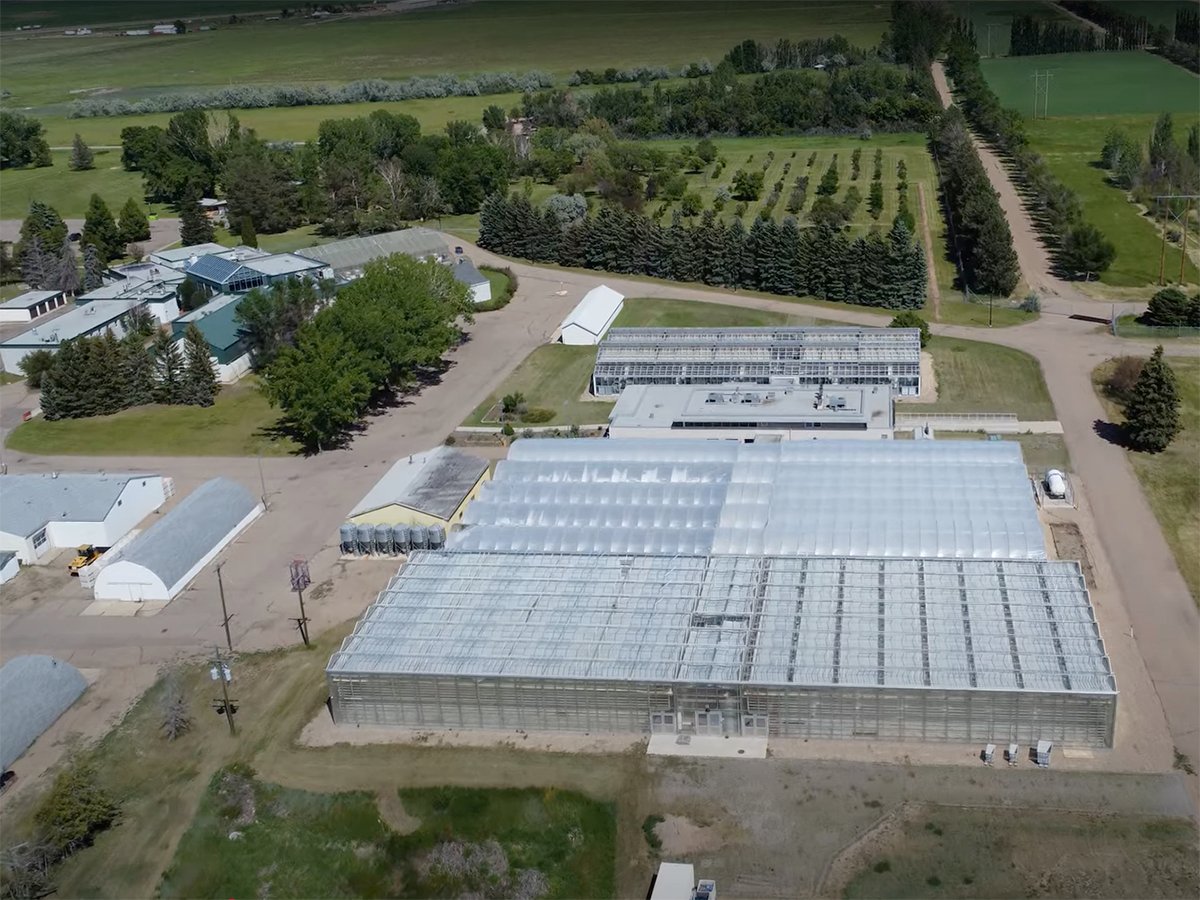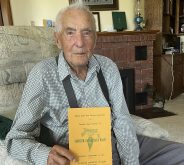Cool weather has delayed haying on many fields and reduced second-cut hay yields.
Producers faced with this situation may want to consider grazing those fields instead of harvesting. Typically, the cost of harvesting is about half the value of the finished feed.
“Hay harvesting has a fixed cost component to it,” says Lorne Erickson, forage specialist with Alberta Agriculture.
“No matter how small the hay crop, it takes time and machinery to harvest and bale. Cows, on the other hand, harvest for next to nothing, the only costs being perhaps some additional fencing.
Read Also

Alberta crop diversification centres receive funding
$5.2 million of provincial funding pumped into crop diversity research centres
“Fencing costs will likely be considerably less than the $20 to $25 per acre it costs to harvest.”
There are some factors to be aware of when considering grazing a hay field. Cattle can bloat while grazing alfalfa, with the risk being higher immediately following a frost. Bloat risk is reduced if there is some grass mixed with the alfalfa.
“A killing frost will cause alfalfa leaves to wither and fall off, reducing the grazing quality and tonnage,” Erickson said.
“Cutting and allowing the cattle to graze the windrows can save some feed, but the added grazing may not justify the cost,” he said.
“If the crop is quite heavy, it will insulate itself against frost damage and provide good grazing into the late fall.”
Grazing damage
Frost is not the only concern when grazing alfalfa. Severe grazing can cause damage to the crowns of alfalfa plants and lower hay yields the following year. These problems can be avoided by not letting cows graze down to the ground and by not confining them to a small area, especially if the ground is wet.
Controlled grazing using electric fences increases the number of grazing days on a field. Control is more important when there is snow cover.
“Alfalfa fields should not be cut in the four-week period before the first killing frost and the same principle holds true when grazing,” added Erickson.
“Alfalfa needs some time to recharge its root reserves after cutting before winter sets in or else it should not be cut until after growth has stopped for the year.
“Most of the time, fall grazing of alfalfa can begin in late September and continue through October.”
Producers who have more acres than they need should check with neighbors who may be interested in buying some fall pasture.
It’s also a good idea to save a grass pasture for spring by grazing the alfalfa in the fall, because there won’t be many leaves left on the alfalfa by spring.














